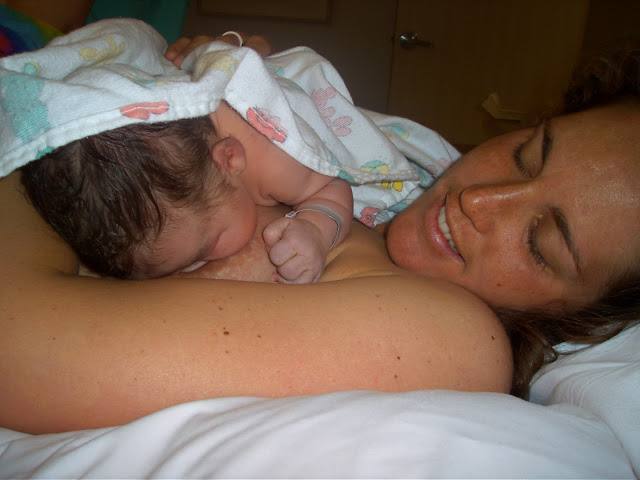
Estudo mostra como parto normal pode favorecer a amamentação de recém-nascidos
Por International Journal of Pediatrics
Compreender as origens da capacidade inata de sucção pode contribuir para aprimorar o manejo clínico do aleitamento e facilitar o início da amamentação.
O estudo descrito a seguir mostrou que a estimulação sensorial que ocorre dentro do útero e durante o parto normal contribui para o estabelecimento das respostas de sucção do bebê aos sinais maternos.
Os pesquisadores simularam a experiência do parto em filhotes de ratos nascidos através de cirurgia, e constataram que alguns elementos do parto normal fornecem condições que orientam o bebê a desenvolver a sucção através dos odores maternos. Por outro lado, a ausência das contrações uterinas foi associada a um estabelecimento deficiente da sucção.
Para os pesquisadores, conhecer como os estímulos do parto contribuem para a ligação ao seio materno é um importante passo em direção a um melhor manejo dos problemas iniciais de amamentação.
Review Article
The Experience of Being Born: A Natural Context for Learning to Suckle
1Department of Psychological and Brain Sciences, Indiana University, Bloomington, IN 47405, USA
2Department of Obstetrics and Gynecology, Wake Forest School of Medicine, Winston Salem, NC 27157, USA
3Department of Neurobiology & Anatomy, Wake Forest School of Medicine, Winston Salem, NC 27157, USA
4Molecular Medicine and Translational Science, Wake Forest School of Medicine, Winston Salem, NC 27157, USA
Received 31 March 2012; Accepted 10 July 2012 Academic Editor: Chantal Lau
Copyright © 2012 Jeffrey R. Alberts and April E. Ronca. This is an open access article distributed under theCreative Commons Attribution License, which permits unrestricted use, distribution, and reproduction in any medium, provided the original work is properly cited.
Understanding the developmental origins of congenital capabilities such as sucking is fundamental knowledge that can contribute to improving the clinical management of early feeding and facilitate the onset of oral ingestion. We describe analyses in rats showing that sensory stimulation in utero and during birth establishes the newborn’s sucking responses to maternal cues. We mimicked elements of labor and delivery (viz., compressions simulating labor contractions, stroking simulating postnatal maternal licking of the newborn, and postnatal thermal flux), and used them to induce postnatal respiration and nipple attachment in caesarian-delivered pups. We report herein new data showing that, by simulating a fetal rat’s experience of being born, specific components of vaginal birth provide sufficient conditions for the odor learning that guides newborn’s sucking responses. In contrast, the absence of in utero compressions was associated with poor sucking onset. Knowing how birth stimuli contribute to the first nipple attachment and constitute a context for learning to suckle is an important step toward better management of some early feeding problems. It can serve also as a foundation for understanding the challenges of facilitating sucking by babies born prematurely so that they do not experience the typical contingencies mediating onset of oral ingestion.


